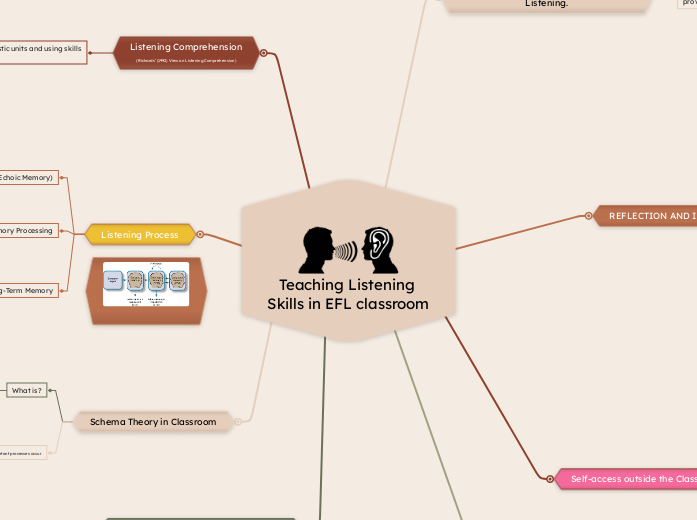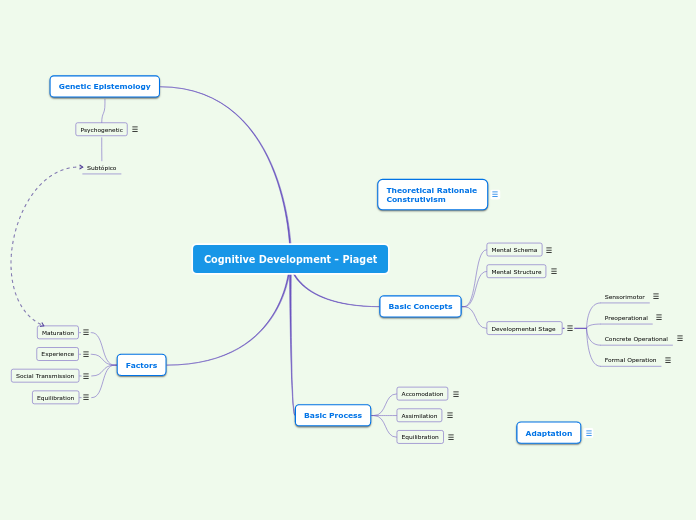by Ayax Lopez 5 months ago
47
Teaching Listening Skills in EFL classroom
Listening forms a crucial aspect of language acquisition, serving as a fundamental component by providing comprehensible input necessary for building language skills. The schema theory explains how knowledge is organized and utilized, highlighting the importance of top-down and bottom-up processing in understanding new information.









